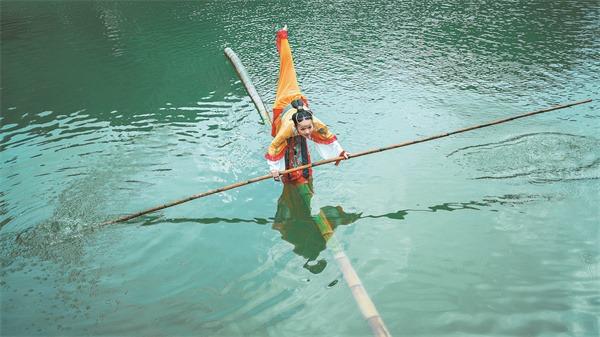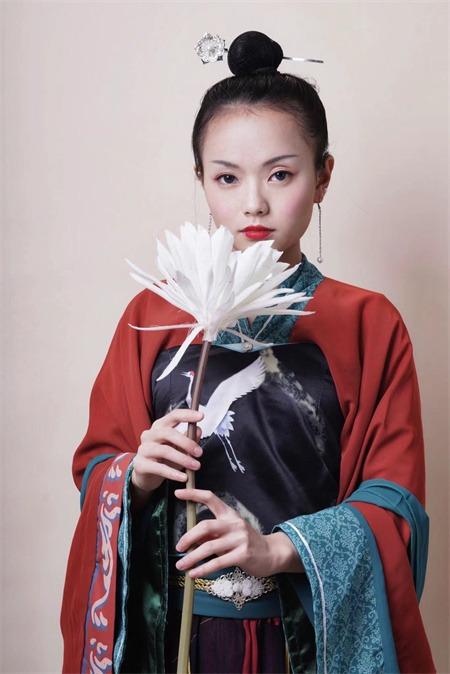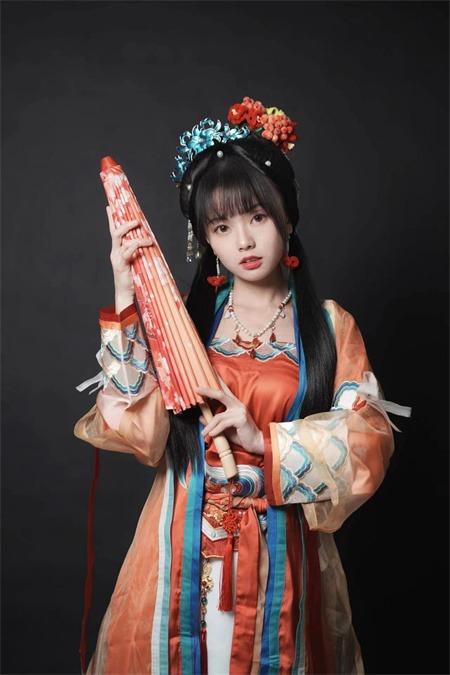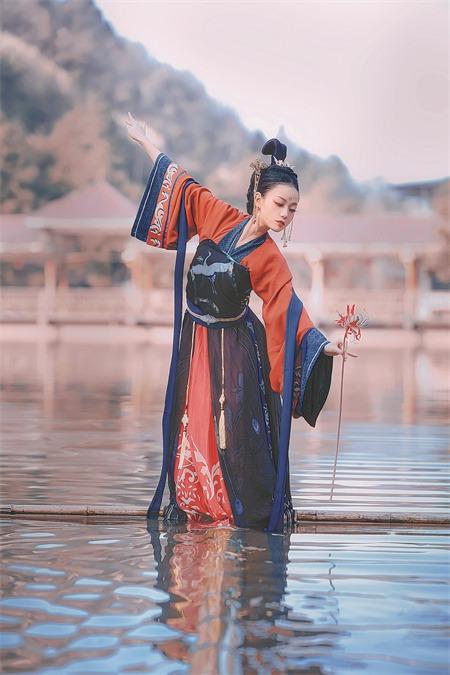 Yang Liu presents bamboo drifting through short videos to promote the traditional art that originated in the Chishui River area of northern Guizhou.(PHOTO PROVIDED TO CHINA DAILY)
Yang Liu presents bamboo drifting through short videos to promote the traditional art that originated in the Chishui River area of northern Guizhou.(PHOTO PROVIDED TO CHINA DAILY)
Yang Liu had many dreams as a child. When she watched science-fiction movies, she wanted to become a scientist. When she went to the hospital, she wanted to become a doctor, and when she took dance lessons, she dreamed about becoming a dancer.
While developing different interests, Yang grew up practicing duzhupiao, or "bamboo-drifting," a skill which originated in the Chishui River area in Guizhou province a long time ago. This involves navigating waterways standing on a bamboo raft.
ALSO READ: A key player of all that jazz
However, Yang, 25, who was born and raised in Zunyi, Guizhou, didn't expect it would become a lifelong dream for her to pursue.
 Yang Liu presents bamboo drifting through short videos to promote the traditional art that originated in the Chishui River area of northern Guizhou. (PHOTO PROVIDED TO CHINA DAILY)
Yang Liu presents bamboo drifting through short videos to promote the traditional art that originated in the Chishui River area of northern Guizhou. (PHOTO PROVIDED TO CHINA DAILY)
In 2018, she showed drifting with the help of bamboo poles to tourists at a scenic spot in Zunyi. She gave five shows a day, which was exhausting. One day, after working long hours, Yang fell sick. While resting at home, she thought about making short videos of her "bamboo-drifting". Yang soon posted her first short video on social media. In it, she is dancing in hanfu (traditional Chinese dress) on a bamboo raft that is just about 15 centimeters wide and 8 meters long while drifting on water. The video, showing the young woman's control and balance, amazed viewers. The video went viral and gained over 1 million views.
Since then, Yang has been sharing her short videos of drifting by bamboo online. This has won her a large fan base abroad, with followers calling her "kung fu master on water" or "dancing fairy on water".
"My idea was to promote the 'bamboo-drifting' of my hometown, to a wider audience through social media. I thought it might take months or even a year to get some attention. I didn't expect that the first video would become a success," says Yang, who combines various dancing styles, such as traditional and folk dance, and ballet, which she learned as a child, for her videos.
ALSO READ: Time frame
It takes Yang at least three hours to do makeup and put on costumes before she actually starts drifting by bamboo on water while dancing. Usually it takes her a whole day to make one single short video. The reason she wears hanfu is to "take people back to the days of the old skill".
 Yang Liu presents bamboo drifting through short videos to promote the traditional art that originated in the Chishui River area of northern Guizhou. (PHOTO PROVIDED TO CHINA DAILY)
Yang Liu presents bamboo drifting through short videos to promote the traditional art that originated in the Chishui River area of northern Guizhou. (PHOTO PROVIDED TO CHINA DAILY)
For many viewers, this is visual enjoyment, she says, however, the activity is deeply meaningful for locals. Drifting on bamboo started as a way of transportation for people in the Chishui River area. During the Qin Dynasty (221-206 BC), Zunyi was famous for its production of nanmu, the most expensive and rarest of woods at that time in the kingdom, which was in high demand from the royal court. It was a logistical problem because there was no transportation along the river. The first part of the journey would be to send the wood to the royal court, the capital of which was in today's Shaanxi province, some 1,000 kilometers to the north of Guizhou. The locals in Guizhou came up with a solution-by standing on the logs as they drifted down Chishui to the Yangtze River, where they could be loaded onto boats and sailed north to the capital.
Later, drifting became a sport of balance and speed in the Chishui River area. Bamboo, a much cheaper material than nanmu, later gained popularity which gave birth to "bamboo-drifting". The sport is still popular in Guizhou and listed in the contest that takes place every four years for traditional games of all 56 Chinese ethnic groups.
Yang started to practice drifting on bamboo with her grandmother, who had mastered the skill. When Yang was about 4 years old, her grandmother helped her learn swimming first, hoping Yang would stay healthy through the physical activity. When Yang was 7, she tried "bamboo-drifting" for the first time.
"From then on, it became a part of my life. My grandmother took me to the river near our house every day. I didn't take it seriously at first, because it was a common activity in my hometown, especially for my grandmother and her friends who were all very good at it," recalls Yang.
 Yang Liu presents bamboo drifting through short videos to promote the traditional art that originated in the Chishui River area of northern Guizhou.
(PHOTO PROVIDED TO CHINA DAILY)
Yang Liu presents bamboo drifting through short videos to promote the traditional art that originated in the Chishui River area of northern Guizhou.
(PHOTO PROVIDED TO CHINA DAILY)
When she turned 10, Yang repeatedly lost her balance on the bamboo rafts and fell in the river. As a good swimmer, she was not scared but found it entertaining.
"I can still remember the moment when I successfully drifted on the river for the first time. I was so excited that I didn't want to stop," says Yang.
It was also her grandmother who encouraged Yang to incorporate elements of dance when drifting. Yang started with simple movements, such as raising one leg and turning around her body, which was difficult then.
"It was very hard to keep balance. I fell in the water, climbed up the bamboo, and fell into the water again," says Yang, who also got injured several times while practicing. However, her hard work and devotion eventually paid off.
Yang's grandmother, now 83, has watched her short videos.
"Compared to the days when my grandmother practiced 'bamboo-drifting', it is not just a sport now but also a beautiful art form to showcase traditional culture," says Yang.
In 2021, it was listed among the national intangible cultural heritage items and Yang became an official inheritor.
To better balance herself on bamboo, Yang keeps herself very slim. She is about 150 centimeters tall and weighs only 30 kilograms.
Now, she has a hectic schedule, revolving around drifting on bamboo. She films short videos, performs around the country and tries to come up with ways to make the activity more appealing to the younger generations, such as learning traditional Chinese opera skills, especially shuixiu, "water sleeves".This is one of the most skillful of traditional operas involving performers showcasing their movements in clothes with long, silky sleeves.


